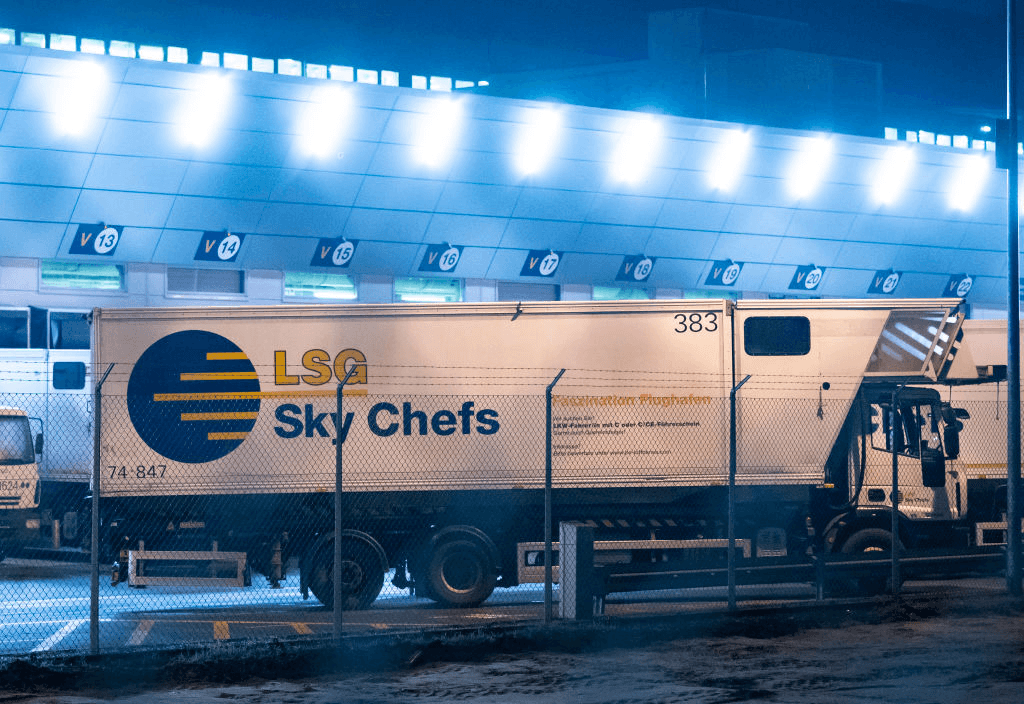Three new community cases of Covid-19 and an unknown source have plunged Auckland into lockdown and the rest of the country into alert level two. Microbiologist Siouxsie Wiles tackles some of the critical questions we now face.
Could we be looking at a situation as worrying as last August in Auckland?
Yes. Like in August, it isn’t clear yet how the family have come into contact with the virus. Also worrying is that the family have the B.1.1.7 variant which was first identified in the UK last year and is one of the more infectious variants of the SARS-CoV-2 virus.
One of the infected family worked at a company that provided laundry services to airlines. How likely is it that this is the source?
It’s a possibility, as part of their job has apparently been handling laundry items from international flights. We haven’t been told what they handle, though, so whether they were exposed to, for example, bedding or pillows that could have been used by someone infectious.
Another possibility is that they have been exposed by contact with a person at their workplace who works airside and has been exposed to infectious aircrew or passengers transiting through New Zealand.
Yet another possibility is that the index case is someone who has been through our MIQ system but didn’t become infectious until afterwards and has passed on the infection without being detected. I would hope that anyone who had been through MIQ and developed symptoms afterwards would have got tested. If it were this scenario, then it could be that the person didn’t develop any symptoms, but its still not clear just how infectious people like this are.
Can Covid transmit via laundry?
There certainly aren’t any reports I can find, but we have to remember that most countries have so much community transmission that they aren’t able to identify how people become infected, so a lack of reports doesn’t mean it isn’t a possibility. There’s at least one manuscript (that doesn’t seem to have been peer-reviewed yet) that looked at the survival of the virus on different surfaces, including what they described as “cloth”. They found the half-life of the virus was between three and 20 hours depending on the temperature and the humidity. This was a lab study so wasn’t looking at naturally contaminated fabrics or transmission from them, but it does suggest that virus could be present on fabrics used by infectious people.
Shouldn’t Taranaki also be in level three?
At the moment it’s not thought the family were infectious while they were in Taranaki, which is why it’s only Auckland at level three. It’s still important, however, that anyone who was at any of the indoor places the family visited at the times provided on the Ministry of Health website isolate and make arrangements to get tested. Of course, if anyone in Taranaki have any symptoms that could be Covid-19 they should call Healthline and ask about getting a test.
What does the genome sequencing tell us?
So far it tells us that the family have the more infectious B.1.1.7 variant first identified in the UK, and that it doesn’t match the sequence of anyone who has tested positive in our managed isolation and quarantine system.
The team at ESR are checking the global database to see if it matches a sample deposited by another country and health officials are following up with airlines to try to find out whether it could match an international crew member or transiting passenger. If that means there isn’t already a mechanism which automatically alerts our health officials to any passengers or airline crew flying to or from or transiting through New Zealand who test positive for Covid-19, then this is something we need to fix.
How much more vicious is this UK strain?
I’m not sure about vicious, but it’s certainly more infectious. It’s becoming the dominant variant in Britain. It’s now also been found in lots of other countries overseas so may start to become dominant there, unless they already have variants with similar mutations that are more infectious. There have been some reports from the UK that the B.1.1.7 variant has resulted in more hospitalisations and perhaps more deaths, but it’s hard to disentangle that from an increasingly overwhelmed health system.
Will the vaccine be effective against all these new strains?
That’s not fully clear at the moment. B.1.1.7 does seem to be slightly less well neutralised by antibodies from people exposed to older versions of the virus. There may be other versions that this is more of a problem for. It’s a watch-and-see situation for the moment. We’ll certainly get a better idea from those countries that are doing mass vaccination of their populations but not doing much else to stop community transmission or importation of new virus variants into their country.
Shouldn’t we have daily saliva testing for those at the border?
This certainly seems like a good idea though I’m not sure what the logistics of this are given just how many people work at the border. It may well be quite a big undertaking for an already very stretched health work force.
Some countries now recommend ‘double masking’. Should we be doing the same?
This is a recommendation for those countries with widespread community transmission where your chances of being infectious or encountering someone infectious are very high. It certainly wouldn’t hurt us to double mask, so consider doing it when you’re out in public, especially indoors.


